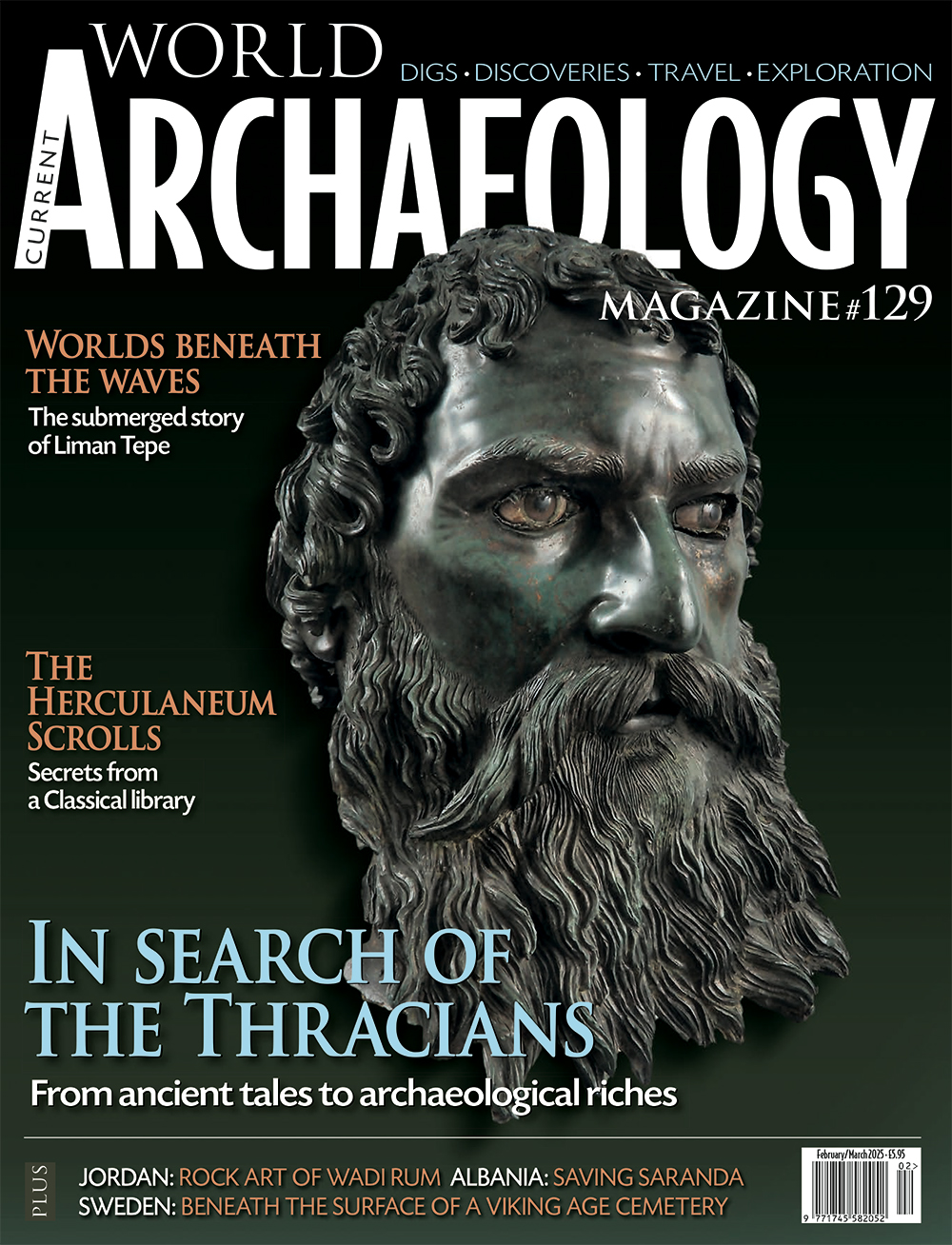It is easy to see the Thracians as stereotypes. According to the ancient literature, they were riders, warriors, and capable of horrifying displays of savagery. Such characteristics set them apart from the more orderly and controlled Greeks, who also penned many of these accounts. Sumptuous metalwork from Thracian territory, though, speaks of skilful artisans, and also an openness to a cornucopia of cultural influences. In our cover feature, we go in search of the real Thracians.
Ancient writings have been spurring study, too, of finds from Herculaneum, which was destroyed by Vesuvius in AD 79. In this case, the goal is to recover lost texts by using an ingenious digital technique that can virtually unwrap carbonised scrolls from the only surviving Classical library. The results so far give grounds to hope that artificial intelligence will help to make it s contents available to readers once more.
Digital technology has been helping to shed fresh light on the past in Wadi Rum, Jordan. An archaeological survey of this majestic landscape is recording a wealth of rock art, with the earliest stretching back far into prehistory. The imagery has not just been scored into the stone, but also includes examples sketched out in pigments, which have been enhanced for study using a colour algorithm.
At Liman Tepe in Turkey, it is underwater explorations that are delivering fascinating insights. These have revealed not only an ancient harbour, allowing archaeologists to delve into the economic heart of this settlement, but also the shifting contours of a changing shoreline. As water levels rose or contracted, so too the ancient inhabitants were periodically obliged to relocate their homes.
Finally, in our travel section Richard Hodges makes the case for saving Saranda, while investigating the ruins of an extraordinary Late Antique church in Albania.

